The celebration of Hinamatsuri, or Japan's Doll Festival, is a vibrant tradition that honors the health and happiness of young girls. Among the many cultural elements that make this day special, the confectionery known as wagashi, particularly those crafted for Hinamatsuri, holds a place of sweet significance. These traditional Japanese sweets are not just treats for the palate but also for the eyes, embodying the aesthetics and seasonal awareness deeply rooted in Japanese culture.
During Hinamatsuri, families display ornate dolls representing the imperial court of the Heian period, a custom believed to ward off misfortune from their daughters. Alongside these displays, an array of colorful and intricately designed wagashi takes center stage on dining tables. These sweets are more than mere desserts; they are edible art pieces that reflect the joy and hope parents have for their children's future. The connection between the festival and these confections is inseparable, as both carry wishes for prosperity and purity.
Hina-arare, one of the most iconic wagashi associated with the festival, is a prime example. These tiny, puffed rice crackers come in pastel shades of pink, green, yellow, and white, symbolizing the changing seasons and the freshness of spring. Their light, crunchy texture and subtle sweetness make them a favorite among children and adults alike. Historically, hina-arare was believed to possess protective qualities, and consuming them was thought to safeguard girls from evil spirits. Today, they remain a staple of Hinamatsuri celebrations, often served alongside other festive foods.
Another beloved sweet is sakura mochi, though not exclusive to Hinamatsuri, its pink hue and cherry blossom theme resonate deeply with the festival's springtime essence. The soft, chewy mochi wrapped in a salted cherry leaf evokes the fleeting beauty of sakura season, a metaphor for the precious, transient nature of childhood. Families often enjoy sakura mochi while admiring their doll displays, creating a multisensory experience that ties taste, sight, and tradition together.
Chirashizushi, while not a wagashi, often shares the table with these sweets during Hinamatsuri. This colorful scattered sushi, adorned with ingredients like shrimp, lotus root, and egg, symbolizes a wish for a bright and varied life. The juxtaposition of savory chirashizushi and sweet wagashi during the festival meal highlights the Japanese cultural appreciation for balance—harmony between flavors, colors, and even the symbolic meanings behind the food.
The craftsmanship behind Hinamatsuri wagashi is a testament to the dedication of Japanese confectioners. Each sweet is meticulously shaped and colored to reflect seasonal motifs, from plum blossoms to chirping birds. For instance, hina-gashi, a general term for festival-themed sweets, often takes the form of miniature fruits, flowers, or even the hina dolls themselves. These edible sculptures are crafted using traditional techniques passed down through generations, ensuring that each bite carries not just flavor but also centuries of cultural heritage.
Modern interpretations of Hinamatsuri wagashi have also emerged, blending contemporary flavors with classic designs. Matcha-infused mochi, strawberry-filled daifuku, and even wagashi inspired by popular characters can now be found during the festival. While these innovations cater to evolving tastes, they still pay homage to the essence of the celebration—adorning the table with sweets that delight both the young and the young at heart.
The act of preparing and sharing these sweets during Hinamatsuri is itself a ritual of love and care. Mothers and grandmothers often spend days crafting or selecting the perfect wagashi to accompany the doll display, ensuring that every detail aligns with the festival's spirit. This labor of love reinforces familial bonds and cultural continuity, as the stories and techniques behind these sweets are shared across generations.
In recent years, the global fascination with Japanese culture has brought Hinamatsuri wagashi to international audiences. From Tokyo to New York, enthusiasts now seek out these seasonal treats, eager to partake in a tradition that transcends borders. While purists may argue that enjoying hina-arare or sakura mochi outside of Japan lacks the full cultural context, the growing appreciation for these sweets abroad speaks to their universal appeal—beauty, craftsmanship, and the shared human desire to celebrate milestones with sweetness.
As Hinamatsuri continues to evolve, the role of wagashi remains steadfast. Whether through time-honored recipes or innovative creations, these sweets encapsulate the festival's heart: a celebration of youth, family, and the delicate beauty of life’s transitions. To bite into a piece of hina-gashi during the Doll Festival is to taste a fragment of Japanese history, one that is lovingly preserved and joyously shared, year after year.
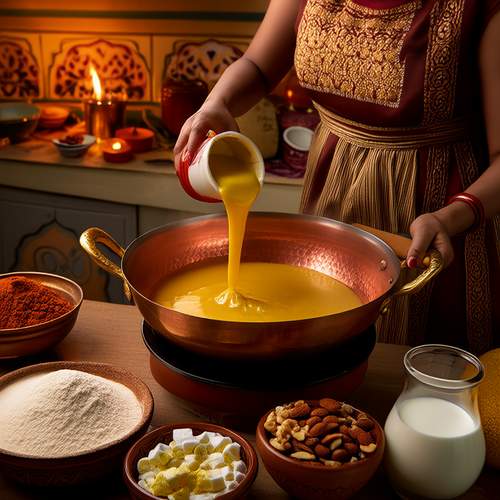
By /May 26, 2025
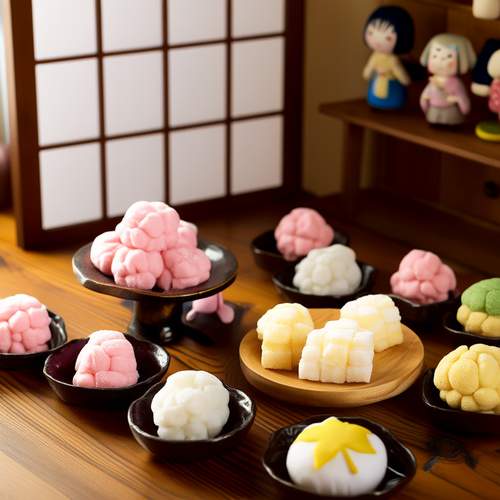
By /May 26, 2025
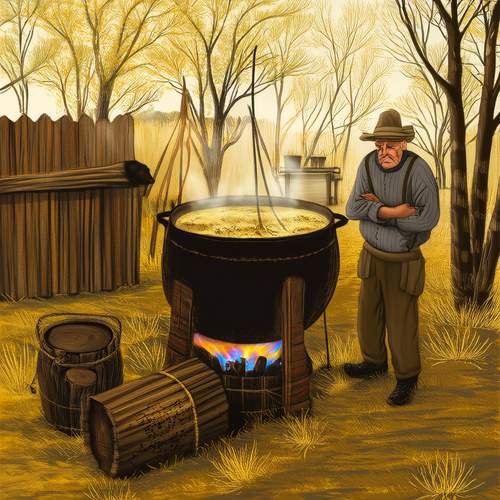
By /May 26, 2025

By /May 26, 2025
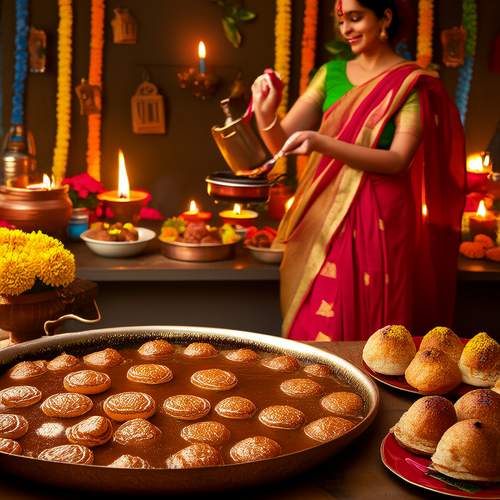
By /May 26, 2025
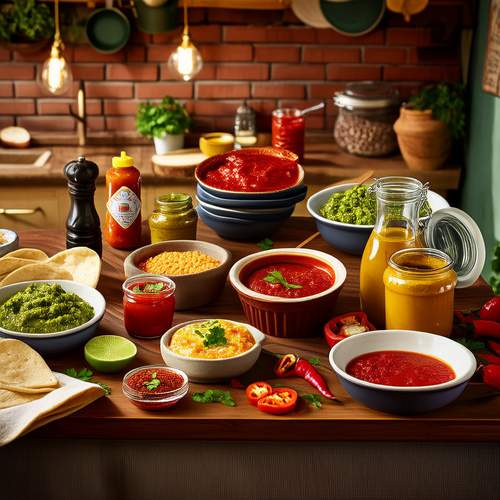
By /May 26, 2025
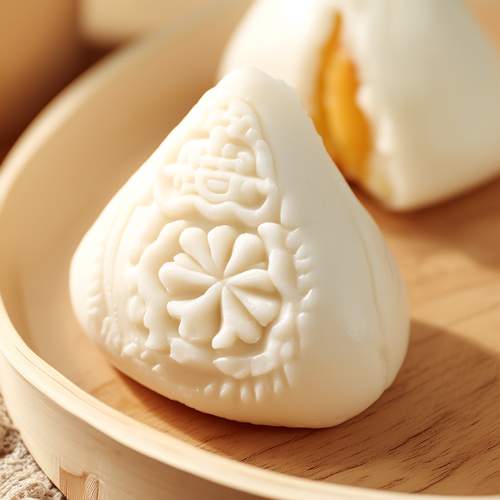
By /May 26, 2025
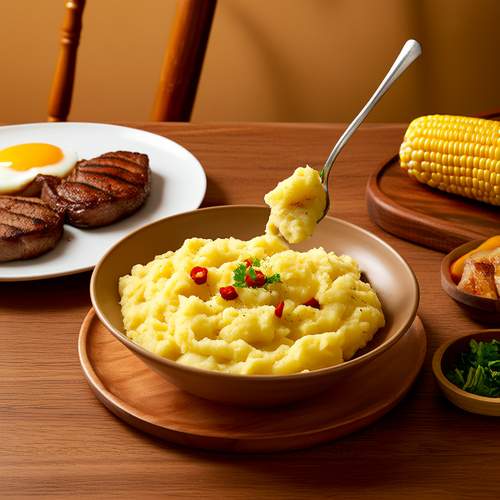
By /May 26, 2025
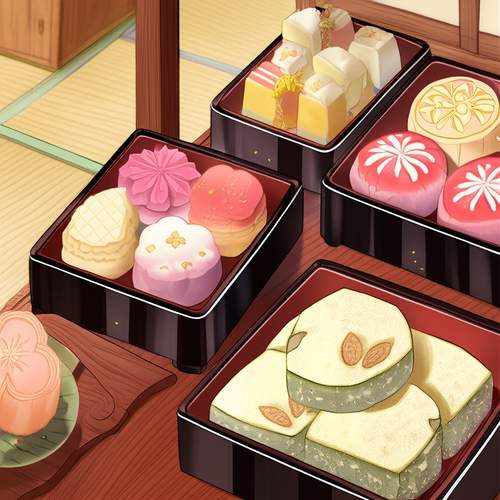
By /May 26, 2025
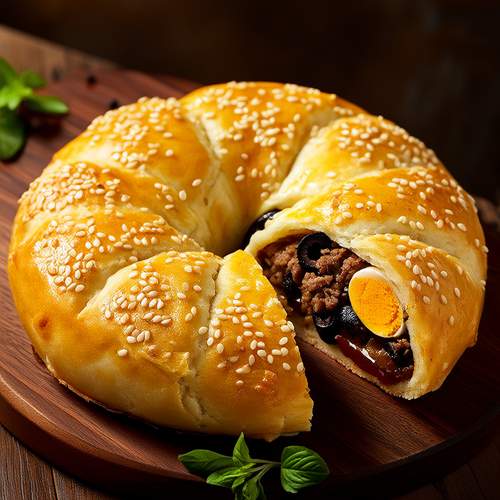
By /May 26, 2025
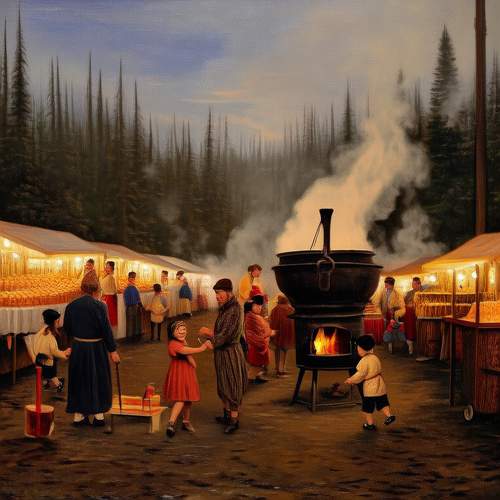
By /May 26, 2025
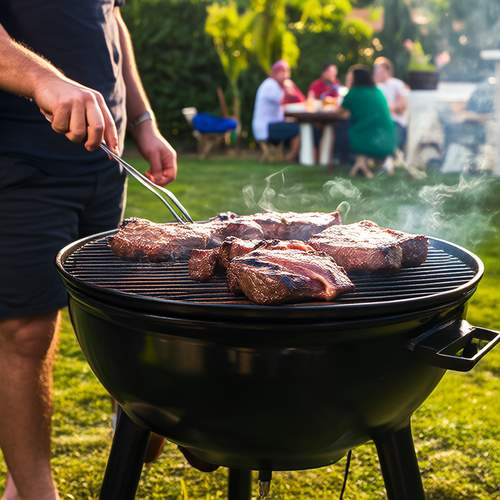
By /May 26, 2025

By /May 26, 2025
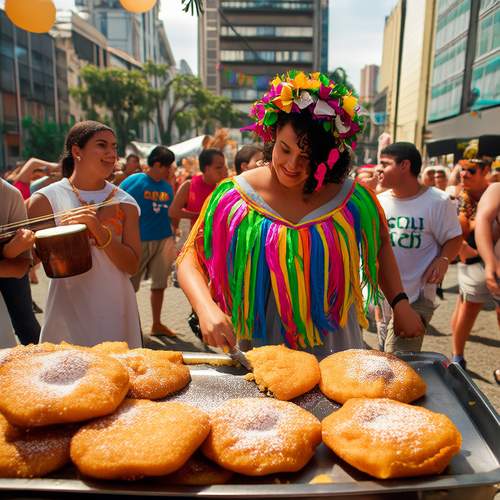
By /May 26, 2025
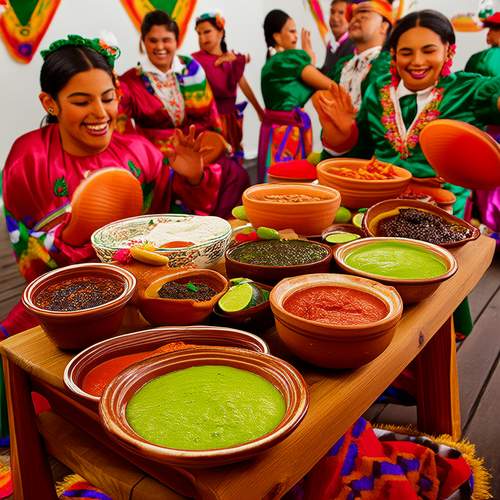
By /May 26, 2025
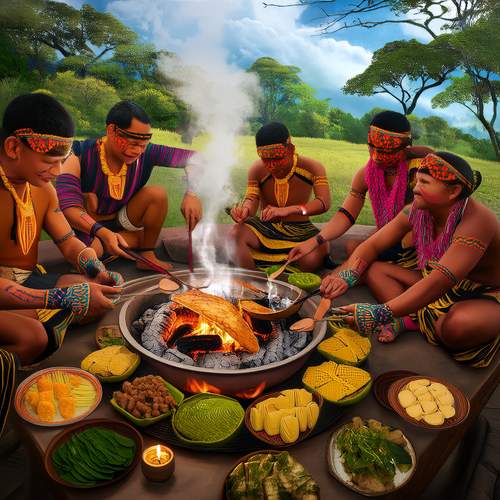
By /May 26, 2025
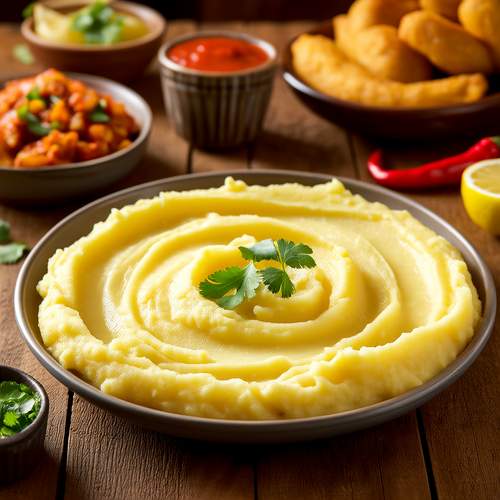
By /May 26, 2025